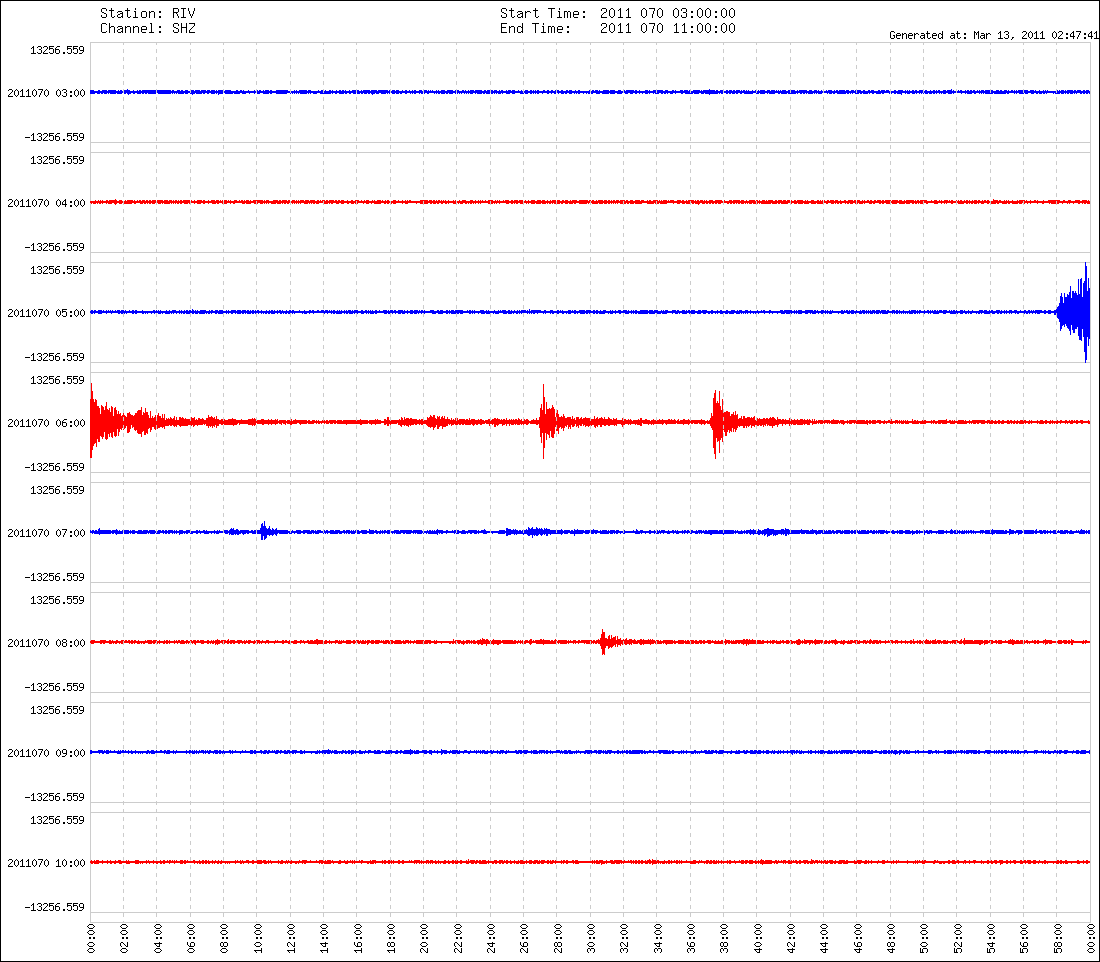May 02 2011
Conversation with our UniversitiesScientists and researchers are often criticized for not letting people know about their work in an understandable way.
You may be surprised to know that academics are not evaluated by the impact that their work has on public debate, nor by the extent that they influence good public policy. They do not score ‘points’ for giving people a greater understanding of the world, nor for helping people make better decisions about their lives and health. They do not even get judged by their excellence in passing on their knowledge to university students.
In fact, academics are evaluated by the extent that their work and ideas can be commercialised, and by the number of ‘papers’ that they can get published in academic journals. These published papers are not judged on their content, but by the grading of the journal (A,B,C or D) in which they appear.
If that seems somewhat strange to you, it does to me also.
Anyway, the new web based newspaper ‘The Conversation‘ is an ambitious attempt to start the conversation between academia and the rest of us.
“The Conversation is an independent source of information, analysis and commentary from the university and research sector – written by acknowledged experts and delivered directly to the public. As professional journalists, we aim to make this wealth of knowledge and expertise accessible to all.”
Authors for the Conversation are sourced from the so-called Australian Group of Eight universities (Adelaide, ANU, Melbourne, Monash, NSW, Queensland, Sydney, Western Australia) plus University of Technology Sydney, CSIRO, and the Australian Science Media Centre. The credentials of the authors are impeccable.
Articles range across the faculties : business and the economy. the environment and energy, health and medicine, politics and society, science and technology.
We use the Conversation as a regular source for Emaildig and I recommend you add it to ‘your daily office’.
http://theconversation.edu.au/
Add a comment









 RSS - Posts
RSS - Posts


